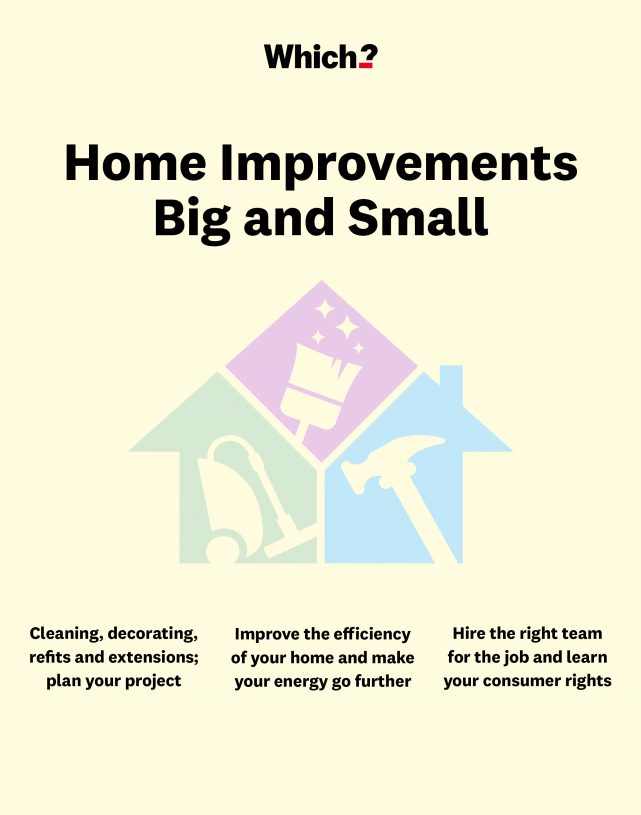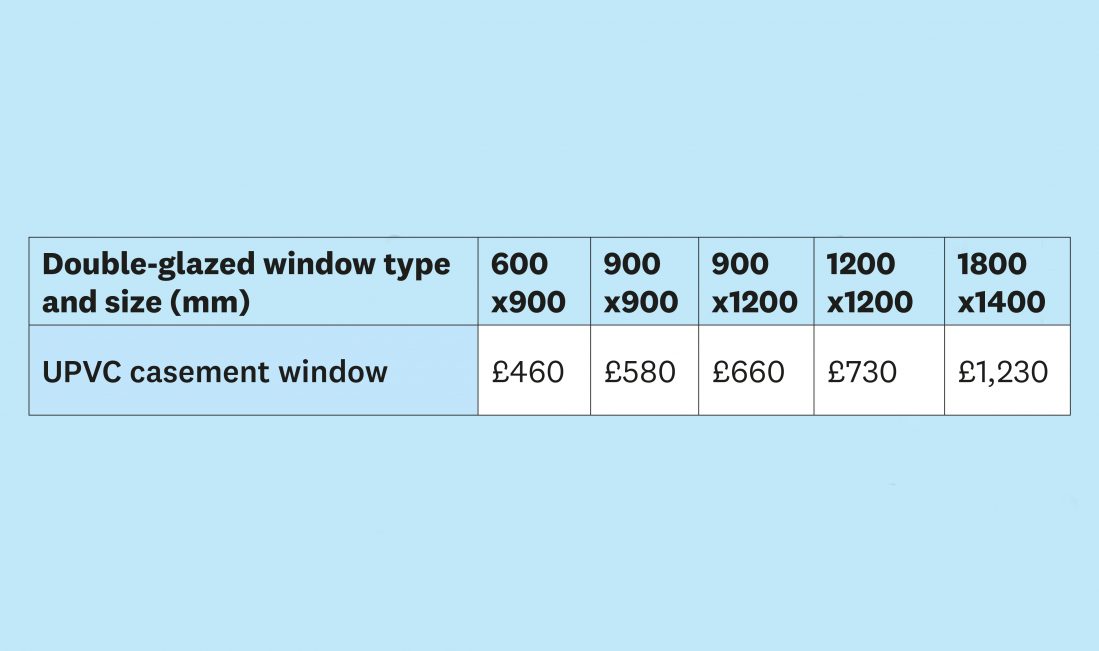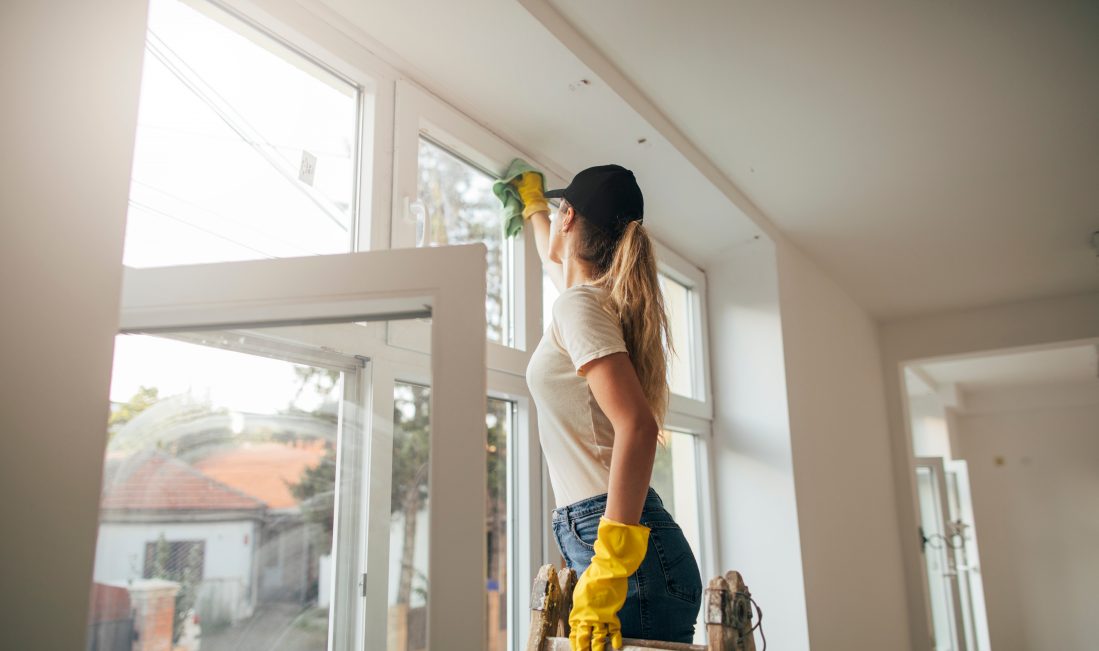User guide
Finding your way around the guide
To navigate between pages, click or tap the arrows to go forwards to the next page or backwards to the previous one. The arrows can be found either side of the page and at the bottom, too (circled in green, below).


Menu/table of contents
Click or tap on the three horizontal lines in the top-right of your screen to open the main menu/table of contents. This icon is always visible whether you're using a computer, tablet or smartphone. The menu will open on top of the page you’re on. Click on any section title to visit that section. Click the cross at any time to close the table of contents.
Text size
On a computer, you'll see three different sized letter 'A's in the top-right of your screen. On a smartphone or tablet these are visible when you open the menu (see above). If you’re having trouble reading the guide, click or tap on each of the different 'A's to change the size of the text to suit you.
Pictures
On some images you'll see a blue double-ended arrow icon. Clicking or tapping on this will expand the picture so you can see more detail. Click or tap on the blue cross to close the expanded image.
Where we think a group of images will be most useful to you, we've grouped them together in an image gallery. Simply use the blue left and right arrows to scroll through the carousel of pictures.
Links
If you see a word or phrase that's bold and dark blue, you can click or tap on it to find out more. The relevant website will open in a new tab.
Jargon
If you see a word or phrase underlined, click or tap on the word and small window will pop up with a short explanation. Close this pop-up by clicking or tapping the cross in the corner.
Help
On a computer, you'll see a question mark icon in the top-right of your screen. On a smartphone or tablet this is visible when you open the menu (see above).
Clicking or tapping on the question mark will open this user guide. It opens on top of the page you're on and you can close it any time by clicking or tapping the cross in the top-right corner.

Replacing windows
Exchanging draughty, single-glazed windows for good-quality double glazing can make a room cosier and lower your heating bills.
If you find yourself glazing over when it comes to window choices, it’s not surprising. There’s a host of variables that affect prices, and every home is different in terms of window sizes and aesthetics.
Here we outline the different materials and styles of double glazing, how to make the best choices and what you should expect to pay. Tips from our double-glazing experts will help you to avoid being bamboozled by salespeople and reveal ways to keep costs low.
Types of double glazing
Materials
- uPVC This is the cheapest and actually the best choice for energy efficiency. Double glazing made from uPVC frames is durable, recyclable and easy to clean. It’s the top choice and up to three times cheaper than traditional wooden frames. Not everyone likes their look, though, particularly in period-style properties.
- Wood/timber Windows with wooden frames are pricier and need regular maintenance, but they can last a very long time if properly looked after. Their appearance can be more sympathetic to older properties than uPVC.
- Aluminium These are strong, durable and low maintenance. The metal frame is also slimmer and lighter than other materials, so can give a sleek, modern look.
Styles
- Casement windows Usually made of uPVC, casement windows are attached to the frame with one or more hinges, so they open to the side. They can also be hinged at the top or bottom, making them 'tilt and turn' windows. This type of window typically opens only slightly, so they can be left ajar. Some can be locked partially open, so they’re a secure way to allow fresh air into the home and ward off condensation (see Dealing with damp).
- Sash windows These open by lifting a pane and its frame up or down. Old sash windows are notorious for being draughty, but new ones are fairly energy efficient. You can either have:
● single-hung windows – where just one pane moves, typically the lower one, while the other is static; or
● double-hung windows – this means both panes can move, one up and the other down
- Bay windows These protrude from a house, either as a curved bay or as rectangular window bay with a deep sill, adding extra internal space to a room.
How to buy double glazing
There are two main ways to buy double glazing. Either choose a well-known, recognised double-glazing company, such as Anglian, Everest and Safestyle, or use an independent double-glazing company in your local area.
First things first: start by noting the dimensions of your windows and how many you want replaced. Use our pricing charts to give you a feel of what it will cost and whether the time is right for you to make the upgrade. It works out cheaper per window to do more than one room at a time, but if you don’t have the funds for that it can still be worth sorting out one draughty room at a time.
Casement windows made of uPVC are the cheapest and most popular choice of window. The table below gives a snapshot of costs for replacing ground floor windows, so you can start to build your estimate.
Double glazing cost by window size

Head to our guide on double glazing costs to find pricing details on other materials, such as wood and aluminium, and different styles, including sash windows.
Why is double glazing so expensive?
Very few properties can use ready-made windows available from DIY and trade suppliers. This means that your windows will need to be measured by a surveyor, and the glass and frames are often ordered to fit from different suppliers.
How can I make double glazing cheaper?
As with other major home improvements, aim to get three quotes and compare like with like. Here are some other ways to keep costs as low as possible.
- Go for plain, white, A-rated uPVC White uPVC is the cheapest by a long way. Aluminium costs double, and wood nearly three times as much per window. Even wood-effect uPVC will up the quote by 15–20%.
- Replace just the glass If steaming up is the issue, this may be a fault with the glass only, which means the whole unit doesn’t need replacing.
- Buy basic casement windows Consider replacing sash windows with standard casement windows. Sash windows are pricey to manufacture and to fit, and cost around 50% more. You’ll save hundreds per window if you make the switch.
- Avoid expensive extras You’ll pay more for windows that tilt and turn, for example.
- Start at ground level Upstairs windows can require scaffolding to fit, which adds to the price.
- Do all your windows in one go If you can afford to double-glaze your whole property in one go it reduces the cost per window.
Should I consider cheaper secondary glazing?
This is a second layer of glass that fits inside your existing windows. It isn’t as effective as full double glazing, but it could still save you some money on your heating bills – and it's much cheaper to install.
How to avoid unscrupulous double-glazing firms
Unless it’s a well-known national firm, do some background research on the company.
- Go for one that is at least 10 years old.
- Ideally speak with someone who has used them and is happy with their work.
- Look them up on the Companies House website to check if they are in a good financial position.
Read the results of our survey of more than 3,000 double-glazing customers to find out which are the best and worst double-glazing companies.
What if I want to cancel?
If the trader or company visits your home and you verbally agree to the contract or indeed sign one, this is known as an off-premises contract. If you enter into a contract away from the trader or company's premises, such as online or over the phone, this is called a 'distance selling' contract.
Under the Consumer Contracts (Information, Cancellation and Additional Charges) Regulations 2013, under both these circumstances, you have to be given a minimum of 14 days as a cooling-off period, within which time you can cancel. However, there are various occasions where cancelling isn’t an option.
Find out more about your rights when buying double glazing.


